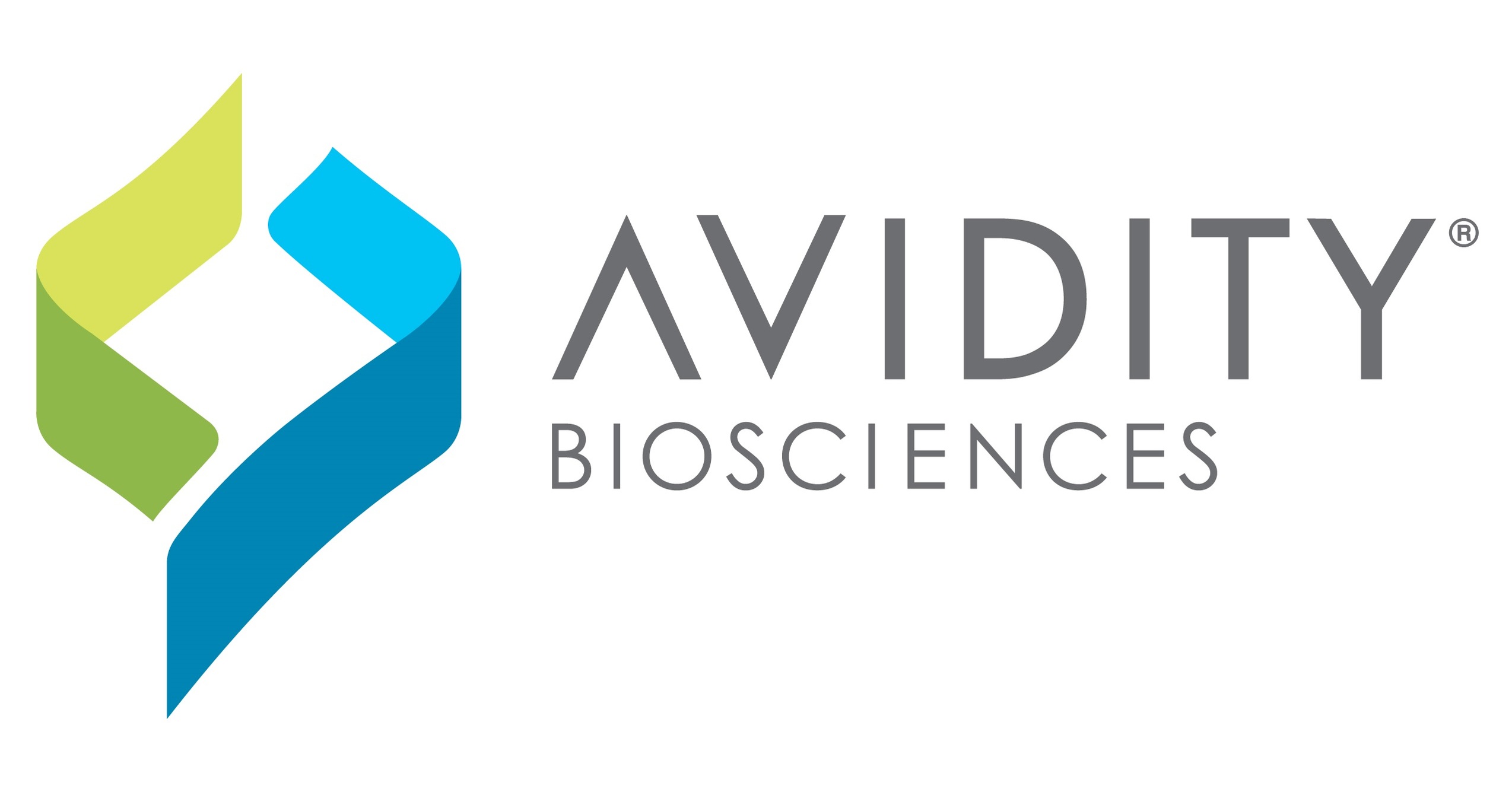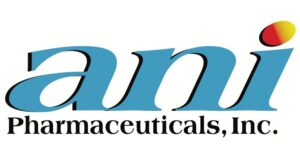Avidity Biosciences, Inc. (NASDAQ:RNA) is a biotechnology company focused on developing RNA-targeted therapeutics for rare neuromuscular diseases. The company is making strides in the field of RNA therapeutics, with significant advancements in its clinical pipeline. Avidity is working on treatments for conditions like facioscapulohumeral muscular dystrophy (FSHD) and is preparing for multiple Biologics License Application (BLA) submissions.
On August 8, 2025, Avidity reported its earnings, revealing an earnings per share (EPS) of -$1.21, which was lower than the estimated EPS of -$0.93. Despite this, the company generated a revenue of approximately $3.85 million, surpassing the estimated revenue of about $1.61 million. This revenue increase, as highlighted by Fool.com, was primarily due to ongoing collaboration payments, marking an 88% rise from the previous quarter.
The company’s financial results also showed a net loss of $157.3 million, driven by increased expenses related to late-stage research and commercial infrastructure enhancements. Avidity’s negative price-to-earnings (P/E) ratio of -16.63 and earnings yield of -6.01% indicate that the company is currently not profitable. However, its low debt-to-equity ratio of 0.0045 suggests minimal reliance on debt, and a strong current ratio of 16.91 reflects a robust liquidity position.
Avidity’s strategic focus on regulatory progress is evident in its alignment with the FDA for accelerated and full approval pathways for its drug del-brax. The company has reported positive topline data from its Phase 1/2 FORTITUDE™ trial and initiated a global confirmatory Phase 3 study. Avidity plans to submit its first BLA for del-zota by the end of 2025, with three potential BLA submissions within a 12-month period.
The company’s financial position is bolstered by a cash runway extending to mid-2027, supporting its readiness for a global commercial launch. Avidity anticipates its first potential U.S. launch in 2026. Despite the financial challenges, Avidity’s leadership in RNA therapeutics and commitment to operational execution and regulatory progress are key drivers for its future growth.




